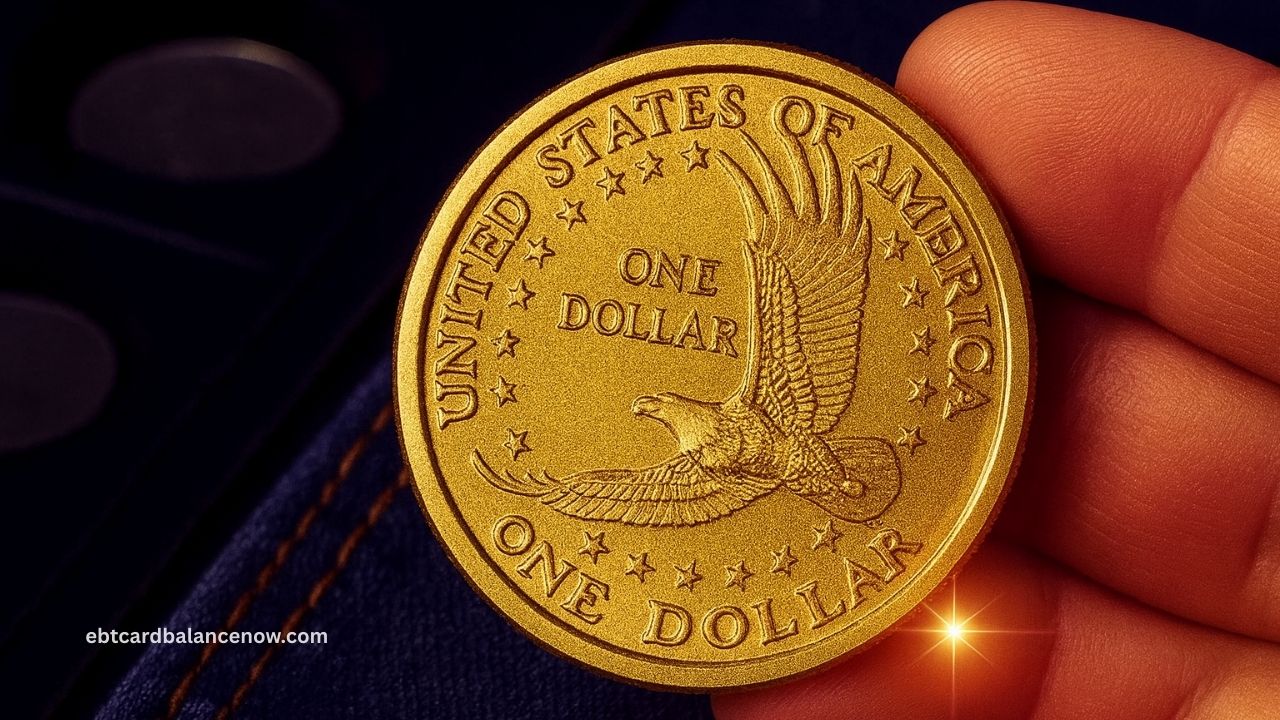Coin collectors recently buzzed about a Sacagawea dollar error rumored to be worth a staggering $1.2 million.
While few errors on these modern golden-colored dollars ever approach that figure, the true star here is the rare “mule” error—a mismatched pairing of obverse and reverse designs—that has historically fetched five-figure prices and reshaped modern coin collecting.
What’s a “Mule” Error—and Why Is It Valuable?
A mule error happens when a coin is struck with mismatched dies—creating a surreal hybrid. In this case, a Sacagawea dollar bearing the reverse design of the dollar but the obverse of a Washington quarter was released.
These unusual coins were produced accidentally around 2000 when a cracked Sacagawea obverse die was replaced with a Washington quarter die. Only a handful—fewer than 20 verified examples—made it into collectors’ hands, with most recovered and destroyed.
One such mule sold for $155,250, and another fetched over $88,000, proving that even modern errors can command serious value.
The Real (and Rare) $1.2 Million Sacagawea?
There’s no publicly confirmed Sacagawea dollar that has ever sold for $1.2 million. The myth likely stems from extrapolating mule prices upward, but current records max out near the hundreds of thousands—not millions. That said, the mule error remains among the most prized modern U.S. coin varieties.
Error Sacagawea Dollars: Key Details at a Glance
| Feature | Details |
|---|---|
| Error Type | Washington quarter obverse + Sacagawea dollar reverse (mule) |
| When Created | Around 2000, due to die mix-up in Philadelphia Mint |
| Confirmed Pieces | Fewer than 20, most recaptured or destroyed |
| Known Highest Price | Around $155,000; other verified sales near $88,000+ |
| Rumored $1.2M Example | Unverified, likely a misnomer or confusing myth |
How to Spot and Evaluate a Mule Sacagawea Dollar
- Front vs. Back Design: A genuine mule will have the portrait of George Washington on the obverse and the Soaring Eagle (Sacagawea) on the reverse.
- Mint and Date Match: It should display features consistent with the year and mint location of a Sacagawea dollar (e.g. “P” mint mark).
- Professional Grading Needed: These coins must be certified by third-party graders (like PCGS or NGC) to confirm the error and attest to condition—key factors that drive value.
Why Fewer Modern Coins Fetch Such High Value
- Scarcity: Mule errors are exceptionally rare—especially for modern circulating coins.
- Condition: Only specimens in high grade (e.g., Mint State 66 or better) reach five-figure auction totals.
- Authentication: Only coin-grading services can certify a coin’s error status—without it, the value drops dramatically.
The story of a $1.2 million Sacagawea dollar is more myth than reality. That said, the authentic Sacagawea-quarter mule error remains a numismatic legend, with real verified specimens commanding $100,000+ at auction.
If you believe you’ve found one in your collection, get it professionally graded—it could be one of the rare treasures that defined modern error coin lore.
FAQs
Has any Sacagawea dollar ever sold for $1.2 million?
No verified sales match that figure. The highest confirmed sales of the mule error are in the low six figures, not millions.
How many mule Sacagawea-quarter coins are known to exist?
Fewer than 20 have been officially confirmed, with most owned by a single collector or held in private collections.
What makes the mule error so valuable?
Its extreme rarity, high-quality condition, and official third-party grading combine to create serious collector demand and high auction values.

